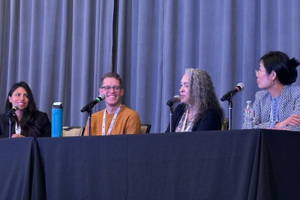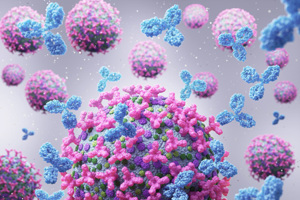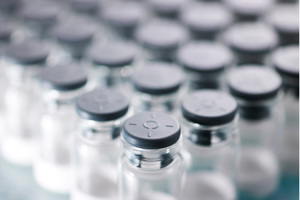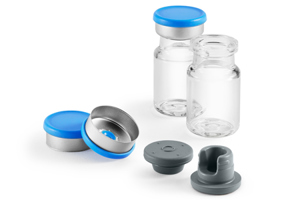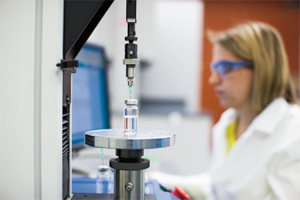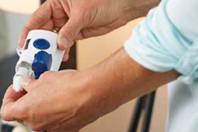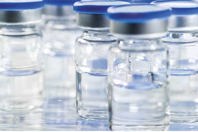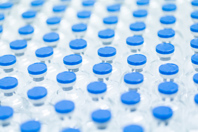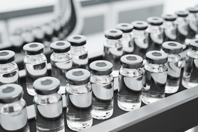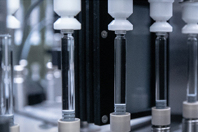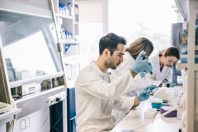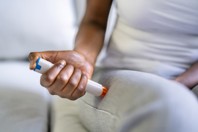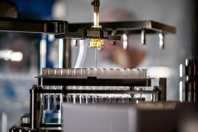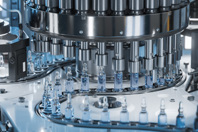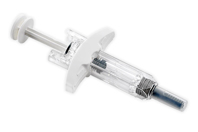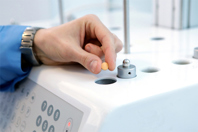INJECTABLE DRUG DELIVERY ARTICLES
 Electronic Drug Delivery Devices Market: Advancing Smart, Connected Healthcare
Electronic Drug Delivery Devices Market: Advancing Smart, Connected Healthcare
What is factoring into market growth for electronic drug delivery devices and why? New market research shares key insights.
INJECTABLE DRUG DELIVERY RESOURCES
-
As the benefits of delivering biologic drugs as part of a combination product platform are realized, this self-administration trend will continue to grow. From a regulatory perspective, the use of a risk-based approach is foundational.
-
With the growth of advanced therapy medicinal products, there is an increased need for specialized low-temperature packaging solutions, particularly for vials and syringe systems at -50°C to ≤ -130°C.
-
BD’s Vystra™ Disposable Pen for Liraglutide 3.0 mg demonstrated comparable usability to the reference device, helping de-risk ANDA submissions through proactive human factors evaluation.
-
A study assessing the stability of vials aimed to determine if the vial material had any influence on the viral titer and particle counts of the AAV serotypes.
-
There is increased demand for lyophilization services in the manufacturing of new biologic drugs and injectable formulations as well as in change of formulation presentation.
-
Healthcare is shifting homeward. With telehealth, connected devices, and user-friendly design, patients and caregivers now deliver hospital-level care safely and effectively outside clinical settings.
-
When it comes to formulation development, pharmaceutical spray drying is one of the most versatile solutions. Review a detailed look at the steps involved in spray drying and the benefits and downsides.
INJECTABLE DRUG DELIVERY SOLUTIONS
-
We offer a comprehensive range of automatic inspection machines for injectable pharmaceutical products contained in ampoules, vials, cartridges, syringes and bottles. Designed and manufactured to meet the most demanding technical requirements, our solutions feature different production speeds and advanced vision standards for an optimum performance.
-
With world-class facilities, the state-of-the-art equipment and some of the industry’s most talented people, you can feel confident that your small molecule drug product is in safe hands. Learning from decades working with other small molecules, INCOG has been purpose-built to provide better solutions for the global injectable drug product sector.
-
Intramuscular
0.5 - 3 mlArQ® - Vita can achieve large volume, deep intramuscular delivery, making it the ideal platform to deliver medication for chronic conditions. Built around Oval’s polymeric primary drug container technology, we can create a device that is small and simple to use, whilst housing the correct length needle to achieve consistent intramuscular delivery for your patient population.
-
Experienced CDMOs will implement a cGMP aseptic manufacturing and sterile fill-finish policy to improve drug bioavailability. Aseptic fill-finish is a process in which the drug product, container, and container closure are sterilized separately and then integrated. Combining the drug, container, and closure in a clean room using special equipment that is self-contained in a sterile environment meets FDA guidelines related to cGMP.
-
Our system is ideally suited for the production of pre-clinical, clinical and niche commercial injectable products in vial, syringe, and cartridge formats.
-
More than a service provider, we act as an extension of your team, accelerating your drug’s journey from late-stage clinical development to commercial supply.
-
The BD UltraSafe Plus™ passive needle guard for pre-filled ISO standard glass syringes is designed to support viscous drug delivery with ergonomics and drug visibility.
-
A new six-phase assessment process simplifies regulatory approval for generic drug-device combination products, reducing costs and timelines while maintaining safety, effectiveness, and substitutability with reference-listed drugs.
-
Our formulation development and material sciences experts have over 30 years’ experience in pre-formulation and solid state characterization.
-
Developing an optimized formulation tailored to your API nanoparticles is critical to unlocking their full potential.

